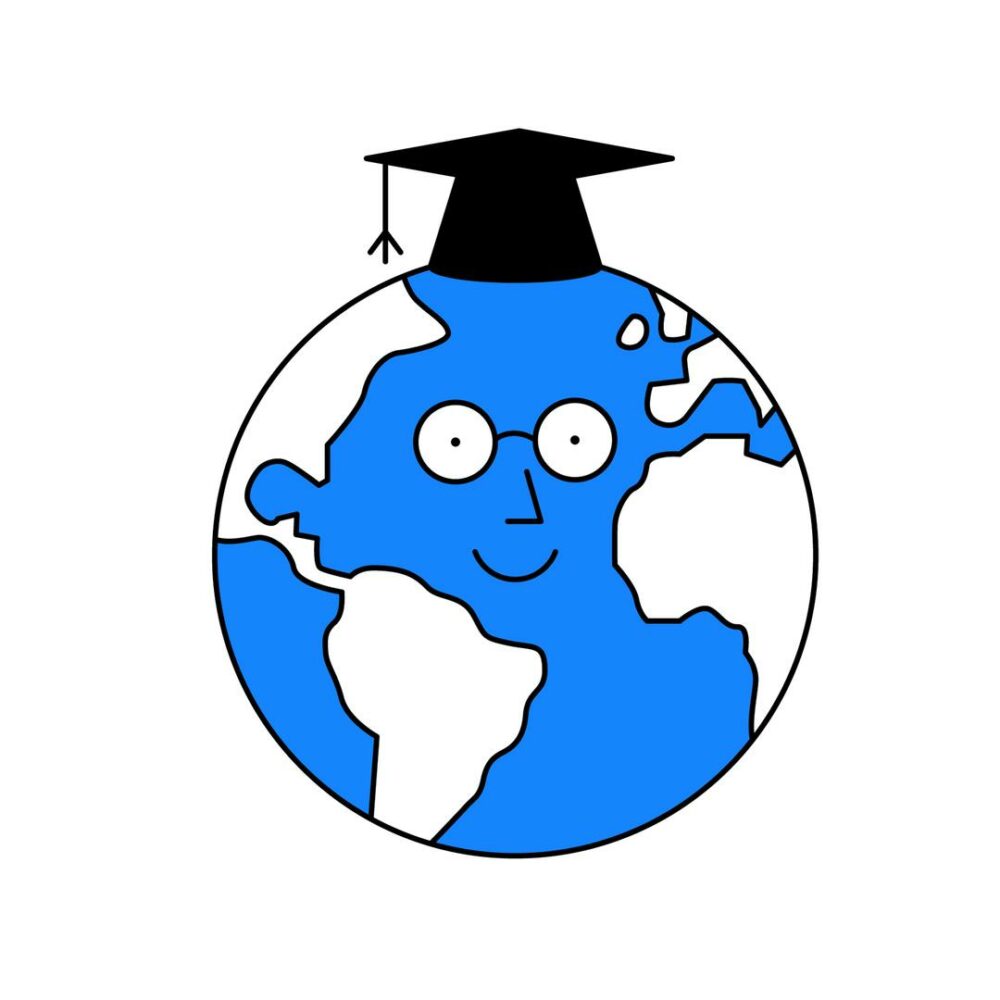Legal basis
In Switzerland, copyright protection is regulated by the Federal Act on Copyright and Related Rights (Copyright Act, CopA, SR 231.1) and the respective bylaw (German; no translation in English).
General conditions of protection
According to CopA 2, works protected under CopA are those which, irrespective of their value or purpose, are intellectual creations of literature with an individual character.
Individual in the sense of CopA 2 means that the works must have a high degree of originality.
A protected work must also be new.
It is important to note that copyright does not protect the idea, but its expression. Thus, from a copyright point of view, what the artist has thought about is not relevant for a picture, but only what is effectively seen.
Special case of copyright protection of photographs (click!).
Types of works
Copyright protection is applied in an enormous variety of ways. According to CopA 2 II and III, the following works are eligible for protection: literary, scientific and other linguistic works; musical and other acoustic works; works of the fine arts, in particular painting, sculpture and graphics; works with scientific or technical content such as drawings, plans, maps or plastic representations; works of architecture; works of applied art; photographic, cinematic and other visual or audiovisual works; choreographic works and pantomimes; computer programs.
Worldwide protection without registration
The great thing about copyright protection is that the protection arises without registration, i.e. by law (lat. «ipso iure») at the moment of creation. The author is always the one who creates the work, even if the right is e.g. immediately transferred to the employer in an employment relationship (so-called «creator principle»). In addition, the protection applies worldwide, based on the international agreements of the Berne Convention and the TRIPS Agreement.
Term of protection
The term of protection of copyrights is defined in CopA 29 ff.
In general, a term of protection of 70 years after the death of the author (creator, see above) applies. This means that this period only begins to run upon the death of the author. So, generations after him or her can still benefit from the corresponding right.
For computer programs, the term of protection is only 50 years after the death of the author.
With regard to the term of protection of photographs, a distinction is made between photographs with individual character (see above) and photographs without individual character. In my opinion, this distinction is contrary to the system, as photographs are protected by the revised copyright law telquel (see also Copyright protection of photographs). Photographs with an individual character get protection for 70 years after the death of the author, whereas photographs without an individual character get protection for only 50 years after the death of the author.
If it must be assumed that the author has been dead for more than 50 or 70 years respectively, there is no longer any protection.
If the author of a work is unknown, the protection of the work expires 70 years after publication or, if the work was published in deliveries, 70 years after the last delivery. If, however, it becomes generally known before the expiry of this term of protection which person created the work, protection for a computer program in question expires 50 years after his death and for all other works 70 years after his death.
Joint authorship
According to CopA 7, persons who have participated in the creation of a work are jointly entitled to the associated copyright. This means that there is joint authorship. This means, a.o., that unless they have agreed otherwise, they may only use the work with the consent of all. However, consent may not be refused in bad faith (see also Swiss Civil Code, CC 2). Each co-author may pursue infringements of rights independently, but may only demand performance from all. If the individual contributions to the work can be separated in joint authorship and unless otherwise agreed, each co-author may use his or her own contribution independently if this does not impair the exploitation of the joint work.
In the case of joint authorship, copyright protection under CopA 30 expires 50 years after the death of the last co-author in the case of computer programs, and 70 years after the death of the last co-author in the case of all other works. If the individual contributions can be separated, the protection of independently usable contributions expires 50 or 70 years after the death of the respective author. In the case of films and other audiovisual works, only the director is taken into account for the calculation of the term of protection.
Practice shows that in the case of joint authorship, the parties may obstruct or even block each other in disputes concerning the use and exploitation of the work. For this reason, it is very important that the parties either transfer all rights to one of the co-authors in advance and agree on the participation of the other co-authors in any commercialisation or agree in detail how the co-authors may use or exploit the rights or how the co-authors may jointly use or exploit the rights.
Other copyright issues:
